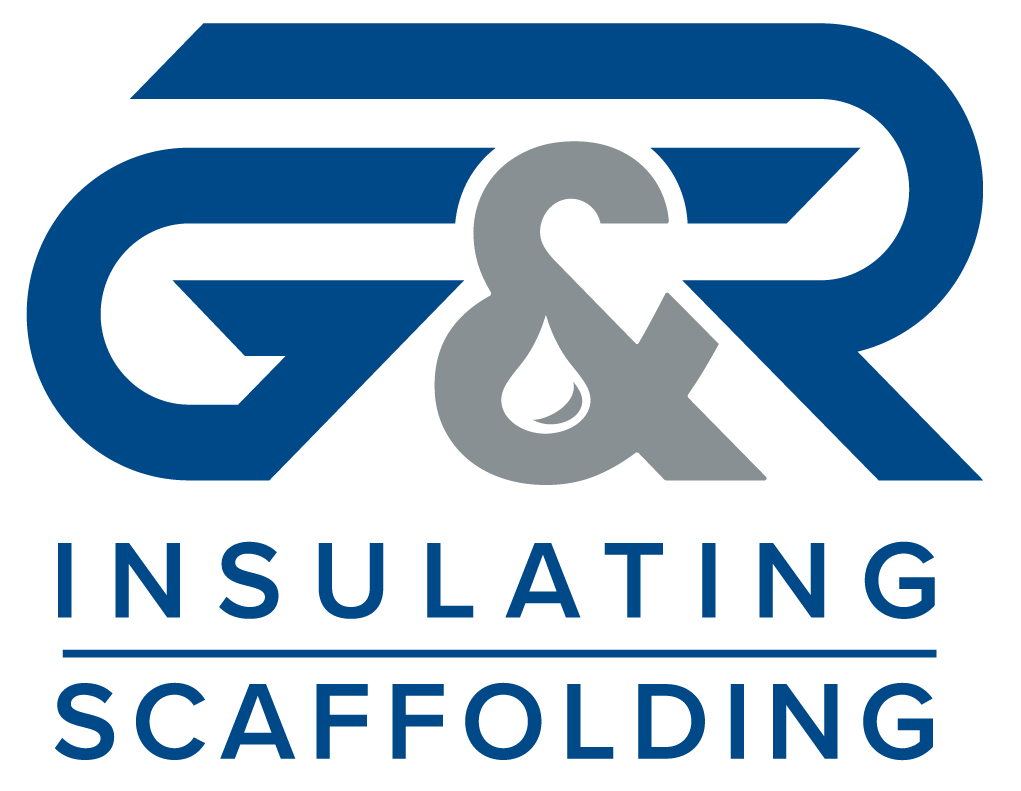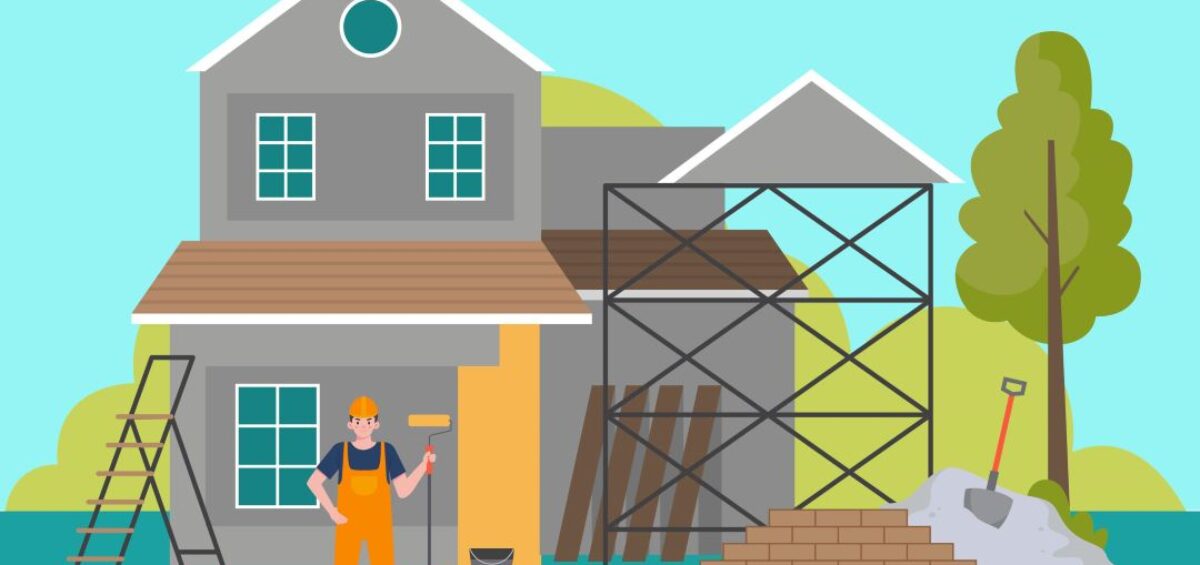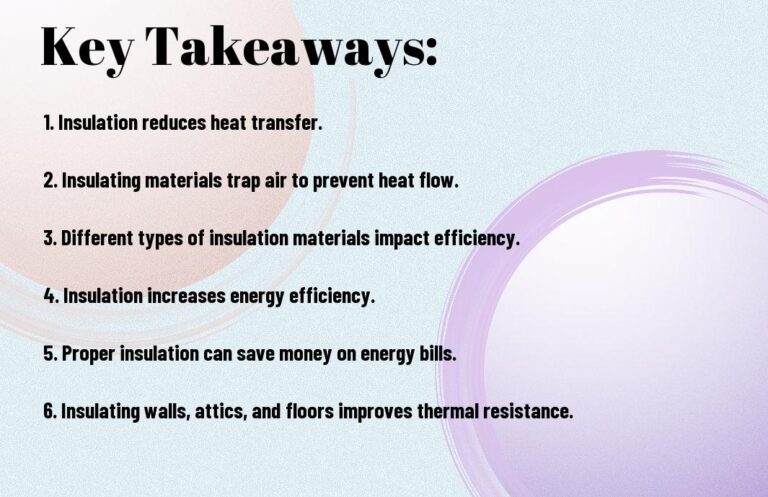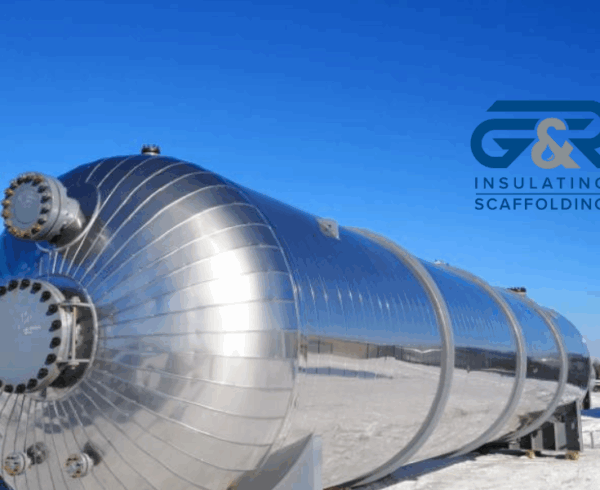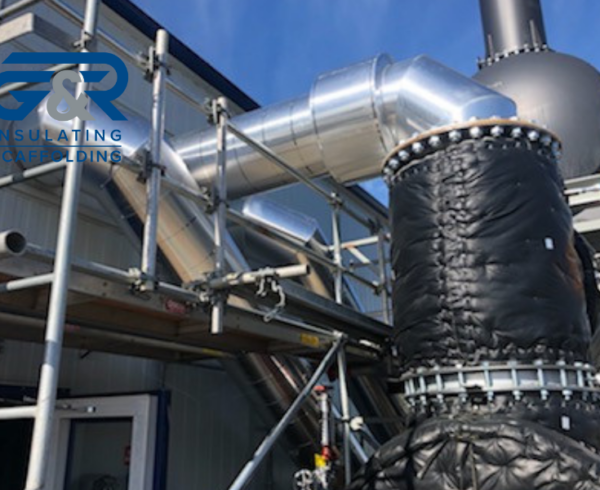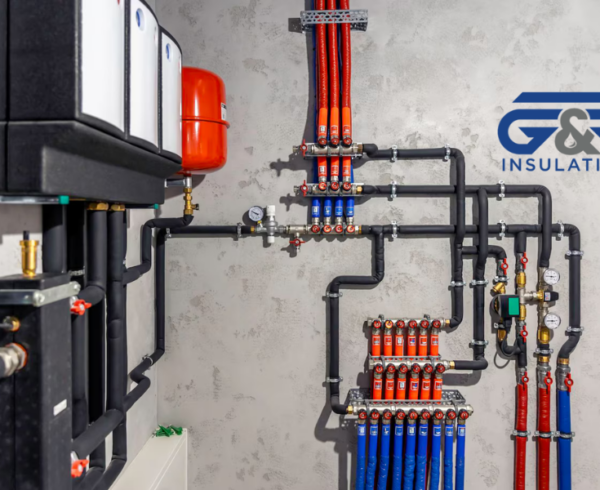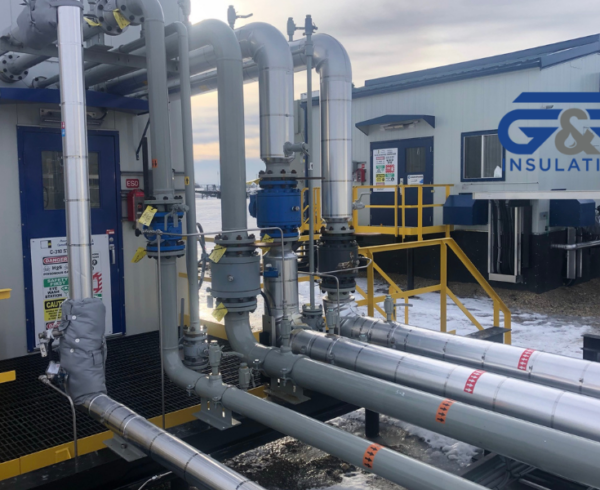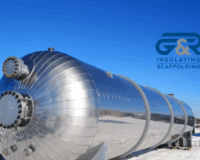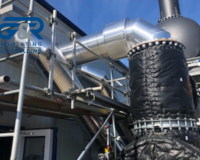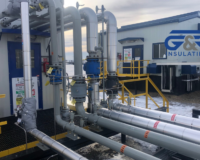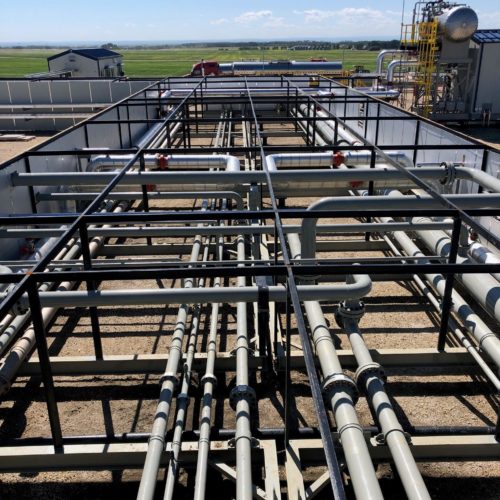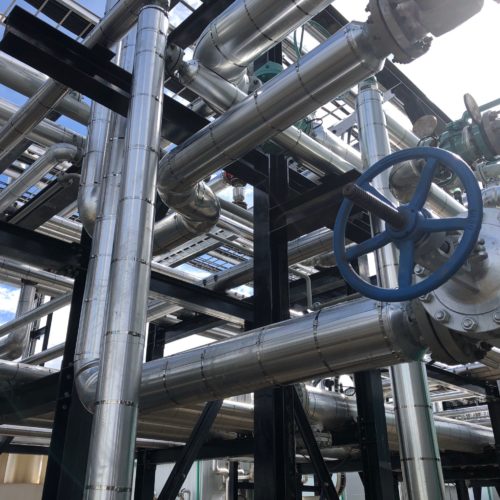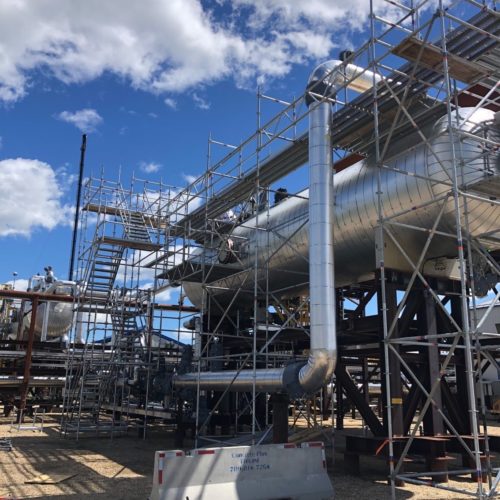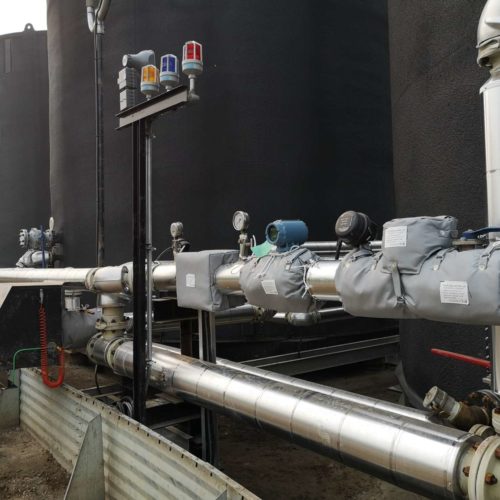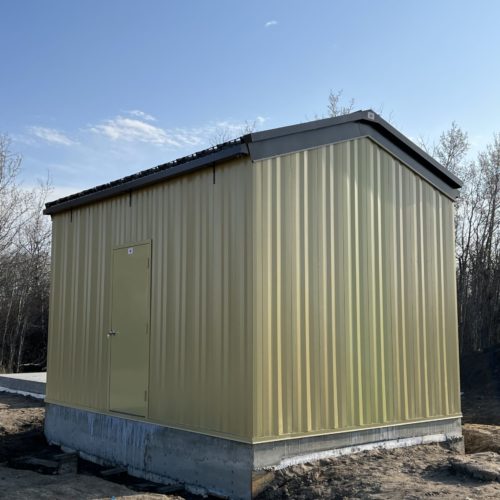What does insulation mean? Insulation helps keep your home warm in the winter and cool in the summer. It stops heat, electricity, or sound from moving easily. Imagine it like a cozy blanket around your home that keeps the right temperature inside. Insulation is important because it can save energy, make your home more comfortable, and help the environment. In this post, we’ll learn why insulation matters, the different types, and how it helps you.
Key Takeaways:
-
Insulation is a material or substance used to reduce the flow of heat, electricity, or sound between objects or systems.
-
Insulation works by trapping air pockets or using materials with low thermal conductivity, making it difficult for heat to transfer.
-
The primary purpose of insulation is to conserve energy, reduce energy costs, and maintain a comfortable indoor climate.
-
Insulation can be categorized into three main types: thermal insulation, electrical insulation, and acoustic insulation, each serving a specific purpose.
-
R-value is a measure of an insulation material’s ability to resist heat flow, with higher R-values indicating better insulation performance.
-
Proper installation and maintenance of insulation are crucial to ensure its effectiveness and longevity.
-
Insulation is a necessary component in various applications, including building construction, electrical engineering, and industrial processes.
Insulation Basics
The foundation of understanding insulation lies in grasping its fundamental principles. In this section, we’ll research the basics of insulation, exploring what it is, why you need it, and how it works.
What is Insulation?
Insulation is very important when building a home or building. It means using special materials to stop heat, electricity, or sound from moving too easily. In simple terms, insulating helps keep the inside of your building at the right temperature by controlling how heat or cold moves in or out. It helps your heating and cooling systems work better.
Why Do We Need Insulation?
Insulation is important to keep your home or building comfortable and save energy. What does insulating mean? It helps keep your space warm in the winter and cool in the summer, so you don’t need to use too much heat or air conditioning. Without insulation, energy can escape, making your building less efficient and using more energy. This can hurt the environment. By using good insulation, you help make your space more eco-friendly and save energy.
How Insulation Works
One of the most crucial aspects of understanding insulation is grasping how it functions to reduce heat transfer between your home and the outside environment.
Heat Transfer Mechanisms
Heat moves in three main ways: conduction, convection, and radiation. Conduction happens when heat moves through things touching each other. Convection happens when warm air rises and takes heat away. Radiation is when heat moves through space, like the sun’s warmth. Understanding these helps us know how insulation works.
Reducing Heat Flow
Insulation helps stop heat from leaving or entering your home. It keeps your house warm in the winter and cool in the summer by trapping air or using special materials. Insulating means controlling how energy moves to make your home more comfortable and save energy.
Stopping heat from flowing out or in helps save energy, lower bills, and keep your home comfortable. Good insulation makes your heating and cooling systems work better, which saves money and helps the planet.
Types of Insulation
Not all insulation is the same. It’s important to know about the different kinds so you can pick the best one for your home. Here are some of the most common types of insulation:
- Fiberglass Insulation
- Cellulose Insulation
- Spray Foam Insulation
- Radiant Barrier Insulation
- Reflective Insulation
| Type of Insulation | Description |
| Fiberglass Insulation | Uses spun glass fibers to reduce heat transfer |
| Cellulose Insulation | Made from recycled paper products and treated with fire retardants |
| Spray Foam Insulation | Expands to fill gaps and provides high R-value |
| Radiant Barrier Insulation | Reflects radiant heat rather than absorbing it |
Thou hast a plethora of options to choose from, each with its unique characteristics and benefits.
Fiberglass Insulation
Fibrous materials like fiberglass are commonly used in batt insulation, which comes in rolls or pre-cut panels. It’s a popular choice due to its affordability and ease of installation.
Cellulose Insulation
Insulation made from cellulose is an eco-friendly option, composed of recycled paper products treated with fire retardants. It’s a popular choice for retrofitting existing homes.
For instance, cellulose insulation can be blown into tight spaces, making it ideal for older homes with limited access.
Spray Foam Insulation
Cellulose-like materials can also be used to create spray foam insulation, which expands to fill gaps and provides a high R-value. It’s a popular choice for new construction and retrofitting.
With its ability to conform to any shape, spray foam insulation is particularly effective in reducing air leaks and heat transfer.
Radiant Barrier Insulation
Insulation helps keep your home comfortable by stopping heat from moving in and out. Radiant barrier insulation works by reflecting heat away, which can help keep your house cool. It’s great for hot places because it can cut cooling costs a lot. This kind of insulation is often used in attics and crawl spaces.
Benefits of Insulation
Many homeowners and builders understand the importance of insulation, but few realize the full range of benefits it provides.
Energy Efficiency
An effectively insulated building can significantly reduce heat loss in the winter and heat gain in the summer, allowing your heating and cooling systems to work more efficiently. This means you’ll use less energy to maintain a comfortable temperature, which is not only good for your wallet but also for the environment.
Cost Savings
Savings from reduced energy consumption can add up quickly, and insulation can pay for itself over time. In fact, according to the U.S. Department of Energy, proper insulation can save you up to 30% on your energy bills.
With insulation, you can also avoid costly repairs down the line. When your home is well-insulated, your heating and cooling systems won’t have to work as hard, which means they’ll last longer and require fewer repairs. For more information or to get started on improving your home’s insulation, contact us.
Environmental Impact
One of the most significant benefits of insulation is its impact on the environment. By reducing your energy consumption, you’ll also reduce your carbon footprint. This means you’ll be producing fewer greenhouse gas emissions, which contribute to climate change.
To put it into perspective, if all U.S. homes were properly insulated, it would be equivalent to taking over 10 million cars off the road. That’s a significant reduction in emissions!
Increased Comfort
Insulation makes your home more comfortable. It helps keep the temperature steady, so you don’t feel drafts or big changes in temperature. This makes it easier to enjoy your home and feel cozy.
The added comfort is not just about temperature; insulation can also help reduce noise pollution. By blocking outside noise, you’ll be able to enjoy a more peaceful living environment.
Insulation in Different Applications
Keep in mind that insulation is not limited to just one area of application. Its uses are diverse and widespread, and its importance cannot be overstated.
Building Insulation
Building Insulation For your home or building to be energy-efficient, insulation plays a crucial role. It helps to reduce heat transfer between the interior and exterior, keeping your space warm in the winter and cool in the summer. This means you can save money on your energy bills and reduce your carbon footprint. But what does insulating mean specifically for building applications? It means creating an effective barrier against energy loss.
Pipe Insulation
To prevent pipes from freezing in cold weather, insulation is vital. It keeps the pipes at a temperature above freezing, ensuring that water flows freely and doesn’t cause damage to your plumbing system.
It’s also important to note that pipe insulation can help to reduce noise levels, as it dampens the sound of flowing water. Additionally, it can help to reduce condensation, which can lead to mold and mildew growth.
Appliance Insulation
Appliances like fridges and freezers need insulation to keep things cold and save energy. Insulation helps these appliances work better and last longer. If appliances aren’t insulated well, they can cost more to run and might not work as well. Knowing about insulation helps you understand how important it is for your appliances.
Insulation Installation and Maintenance
Your insulation system is only as good as its installation and maintenance. Proper installation techniques, regular inspections, and timely repairs are crucial to ensure your insulation performs optimally.
Proper Installation Techniques
Techniques used during installation significantly impact the effectiveness of your insulation. It’s vital to follow manufacturer instructions, ensure proper fitting, and avoid gaps or compression, which can reduce insulation performance.
Insulation Inspection and Repair
Installation issues, damage, or wear and tear can compromise your insulation’s performance over time. Regular inspections can identify problems early, allowing for prompt repairs and maintaining your insulation’s efficiency.
Checking insulation means looking for damage, moisture, or pests. Look for holes, cracks, or water stains. If you smell something musty or hear noises inside the insulation, there might be a problem. Fixing these issues quickly helps keep your home warm and safe.
Maintenance Tips
Regularly, you should inspect your insulation and perform routine maintenance tasks to ensure optimal performance. Here are some tips:
-
Check for gaps and cracks in walls, floors, and ceilings.
-
Inspect for signs of moisture, such as water stains or musty odors.
-
Verify proper ventilation to prevent moisture buildup.
After completing these tasks, you’ll be able to enjoy the benefits of a well-maintained insulation system, including reduced energy bills and a more comfortable living space.
To keep your insulation working well, check it regularly. Fix any problems early to save money and keep your home safe. Good insulation helps your home stay warm, cool, and comfortable.
Frequently Asked Questions (FAQ)
Q: What is insulation, and why is it important in buildings?
A: Insulation is a special material that helps keep heat, cold, sound, or electricity from moving too much. In houses, insulation keeps rooms warm in winter and cool in summer. It also helps save energy and makes homes quieter. Good insulation can help families save money and protect the environment.
Q: What are the different types of insulation, and how do they work?
A: There are different types of insulation, like fiberglass, cellulose, spray foam, and reflective insulation. They all help keep homes warm in winter and cool in summer. Fiberglass and cellulose trap air to stop heat. Spray foam fills gaps to block heat. Reflective insulation bounces heat away. Knowing about insulation helps people pick the best one for their home.
Q: What is the R-value, and how does it relate to insulation?
A: R-value tells us how well insulation stops heat from passing through. A higher R-value means better insulation. Different places need different R-values. Cold places need high R-values to stay warm, and hot places need lower ones to stay cool.
Q: Can insulation be installed in existing buildings, or is it only for new construction?
A: Insulation can go in new and old buildings. It’s easier to put in when a house is being built, but you can still add it later. People can put insulation in walls, attics, and floors to keep their homes warm or cool. Some special types, like spray foam, work really well. Sometimes, a professional can help find the best way to add insulation.
Q: Are there any safety concerns or environmental impacts associated with insulation?
A: Insulation helps keep homes warm, but some types can be itchy or dusty. It’s important to wear gloves and a mask when touching it. Some insulation has chemicals that can be bad for nature if not thrown away properly. Many new kinds of insulation are safe and good for the environment. Always use insulation the right way and follow safety rules!
Conclusion
Now you know all about insulation! It helps keep homes warm in winter and cool in summer. There are different kinds of insulation, and using the right one saves energy and money. Good insulation also helps the Earth by using less power. Learning about insulation helps you make smart choices for a better and greener future!
